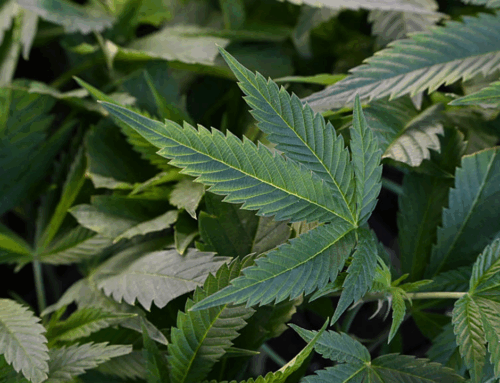Taiwan’s drive for renewable energy troubles some fishing communities
June 4, 2025
STORY: Natural resource poor Taiwan has traditionally relied on coal to generate electricity.
Now, as it seeks to play its part in tackling climate change, the country has set an ambitious goal to develop renewable energy.
It aims to generate at least 60% of its electricity from renewable sources by 2050.
And the wind farms visible off its western coast are a major part of those plans.
But for some Taiwanese fishermen who have trawled the Taiwan Strait for generations, wind power and other renewables come with a downside: disrupted fishing, pollution, and poor government communication.
Lee Ping-shun has been fishing off Taiwan’s Yunlin County for decades.
He says that the new wind farms have made reaching traditional trawling grounds harder and catches have been declining.
“Actually, Yunlin needs green energy, because our quality of life is affected by air pollution. If you rely on the sun, the wind, and the weather would get better, why wouldn’t we want that? For us, green energy is great, but I don’t know why it turned out to be like this.”
And Lee is not alone.
Further up the coast in Changhua County, some fish farmers say wind turbines set up onshore have interfered with their business.
Clam farmer Hung Chin-tun said oil has leaked into his ponds from a wind turbine abutting his land.
Koo Xian-shuen, chairman of Yunmeng Wind Power, admitted that communication with local communities fell short, calling it a lesson learned, and pledged to actively engage with them moving forward.
Taiwan’s Energy Administration told Reuters that communication is key to offshore wind development and the government has a system for compensating lost fishery income.
Search
RECENT PRESS RELEASES
Related Post




